OET Connectors for Speaking: Everything You Need to Know
Master the most important OET connectors for Speaking with this detailed guide that includes definitions, examples, lists of useful connectors, and usage strategies to boost your clarity, confidence, and overall performance in the OET Speaking subtest.
Table of Contents

Limited-Time Offer : Access a FREE 10-Day IELTS Study Plan!
In the OET Speaking sub-test, clear communication is more important than complex medical vocabulary. Examiners look for your ability to organise information, explain medical advice logically, and maintain a natural interaction with the patient. This is where OET connectors, also called linking words, transition signals, or discourse markers, play a crucial role.
Using the right connectors helps you sound organised, empathetic, professional, and fluent, which directly influences the Clinical Communication Criteria such as structure, clarity, relevance, and relationship-building. This blog provides the most essential OET connectors for healthcare professionals, complete with examples, tables, usage tips, and high-ranking keywords to help you excel in the OET Speaking test.
What are Connectors?
Connectors are words or phrases that are used to join sentences together. They are also known as ‘connecting words’ or ‘conjunctive words,’ and they add interest to a sentence.
They serve a variety of purposes inside the sentence. For example,
- To emphasize the main idea more than others (obviously, considerably, noticeably)
- To describe the time period more precisely (hence, finally)
- To indicate a contrast between two ideas (although, despite)
- To demonstrate cause and effect. (hence, accordingly)
Connectors and OET Speaking
The linking words have a significant impact on the results of the OET speaking test as they improve the logic and understandability of any phrase. It is critical to use the proper connectors when speaking in order to score well.
Let us take a look at the different types of connectors.
Logical connectors to show the contrast:
|
|
Cause & Effect Connectors:
|
|
Other Advanced Connectors:
|
|
How to Use OET Connectors for Speaking?
Connectors must be used correctly in order to provide accurate meaning to a statement. Given below are some tips to achieve this:
- When linking sentences, be precise. Proper words should be used to ensure that the statement conveys the intended meaning.
E.g.: The patient has been suffering from fatigue and has frequently been urinating.
- Avoid utilising connectors excessively. Excessive use of connectors makes sentences sound sloppy and frantic.
E.g.: I am writing to refer Mr. Singh, who is possibly suffering from osteoarthritis. Therefore, he requires further assessment and an appropriate management plan. (‘Therefore’ is not required here)
- Choose the appropriate connectors. Many linked terms share the same meaning. As a result, selecting the appropriate connectors for OET speaking is essential.
E.g.: The following connectors have the same meaning: and, also, additionally, in addition, in addition to this, along with, as well as
Examples of How to Use OET Connectors for Speaking
Given below are a few example sentences with good use of connectors:
- He has stabilised after a week in the hospital, and his respiratory problems have been cured. He still has some chest and abdominal pain, as well as a dry cough.
- Due to more and more people having their medical history tracked over time, we will learn even more about how our bodies get sick and how they heal.
- Mr. Ramamurthy was very weak when he was admitted to the hospital, but he gained weight thanks to the nutritionist assistance.
- Ms. Martin may be at risk of social isolation despite the fact that she has a lot of family members who live close by.
- We had full medical insurance and a pension program.
- She will require a home care nurse due to her high dependency.
- Despite good results, continued physiotherapy is advised.
- In cases of poisoning by mushrooms, immediate medical advice should be secured.
- She appeared with significant stomach pain and was subjected to a number of tests.
- There are four hospitals, each of which is under the general supervision of a senior officer of the Indian medical service, and medical aid is given free to the whole population.
- Ms. Bell retired from a management post at the end of 2016, and she has struggled to find a new routine in her retirement.
- She also complains of polyuria and polydipsia, implying that diabetes should be ruled out.
- The patient was starting to show signs of restlessness and poor sleep throughout the night.
- Mr. Dunbar has been using a walking stick since October 2018 due to symptoms of diabetic neuropathy.
- Despite daily exercise, she has developed a number of lifestyle ailments.
Ready-Made OET Speaking Sample Sentences Using Connectors
Presented below are a few OET Speaking samples that demonstrate the use of important OET connectors for the Speaking subtest.
Sample 1 - Explaining a Diagnosis
“Firstly, let me explain what’s causing your discomfort. The pain occurs because the muscle is inflamed. In other words, it’s strained due to overuse. Additionally, we’ll need an X-ray to rule out any fractures.”
Sample 2 - Giving Lifestyle Advice
“To begin with, you should take short breaks during work. Moreover, staying hydrated is important. As a result, you’ll notice improvement within a week.”
Sample 3 - Reassuring the Patient
“I completely understand your worry. However, this condition is very common. To clarify, the medication will only reduce inflammation and is safe.”
Revision of Pointers on the OET Speaking Task
You must understand the use of simple grammatical structures, like connectors, and know the OET Speaking tips.
- The Speaking test will last about 15 to 20 minutes and will be divided into two separate roleplay settings, as well as a brief warm-up talk before the actual test begins.
- The roleplay prompt is based on genuine scenarios relevant to your selected area of expertise. So a nursing candidate will be participating in a roleplay that unfolds based on a common context for nurses, such as taking care of a patient’s daily medicine dosages.
- The interlocutor will assume the position of the patient or the patient’s guardian or caregiver.
- You should not consider the interlocutor to be an examiner because they will not be evaluating you directly.
- Trained assessors who will listen to a recorded version of your discussion at a later time will grade you. So it is important to think of this individual as your conversational partner.
- Instead of being apprehensive when speaking with them, try to see this as a typical, everyday situation.
- The entire process is designed to determine how well you speak English in the specific medical environment.
- You will be evaluated on a variety of abilities, including how clearly, fluently, and effectively you communicate.
To ace the OET Speaking test, you will need to be fluent in English, but you will also need to employ the terminology and tone that is expected of a doctor or nurse. The efficient transmission of information is critical. So, it is important to have a grasp of grammar and its usage in daily speech. Once armed with these skills, you are sure to excel in every aspect of spoken communication.
Frequently Asked Questions
How many connectors should I use in the OET Speaking role-play?
Are advanced connectors necessary to score high in OET Speaking?
Can connectors help in building rapport with the patient in the OET Speaking test?
How can I practice OET connectors for Speaking effectively?
Do connectors influence the Fluency & Coherence score in OET Speaking?
Other OET Exam Related Articles

Start Preparing for IELTS: Get Your 10-Day Study Plan Today!
Explore other IELTS Articles

Kasturika Samanta
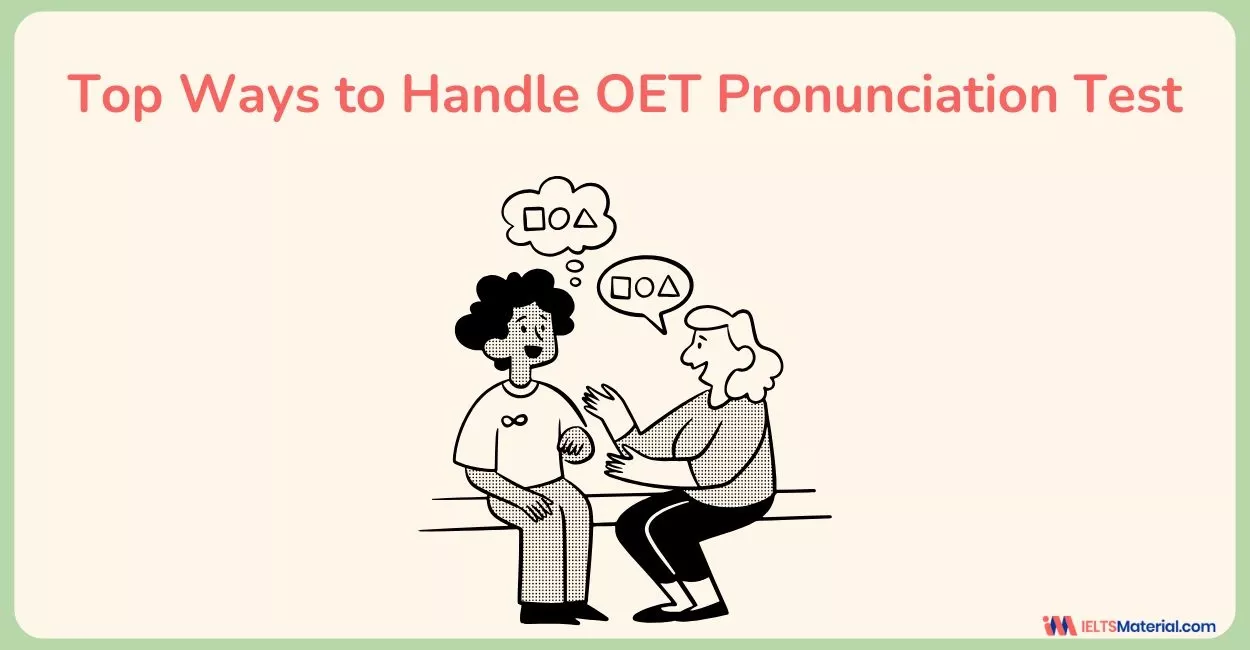
Prity Mallick
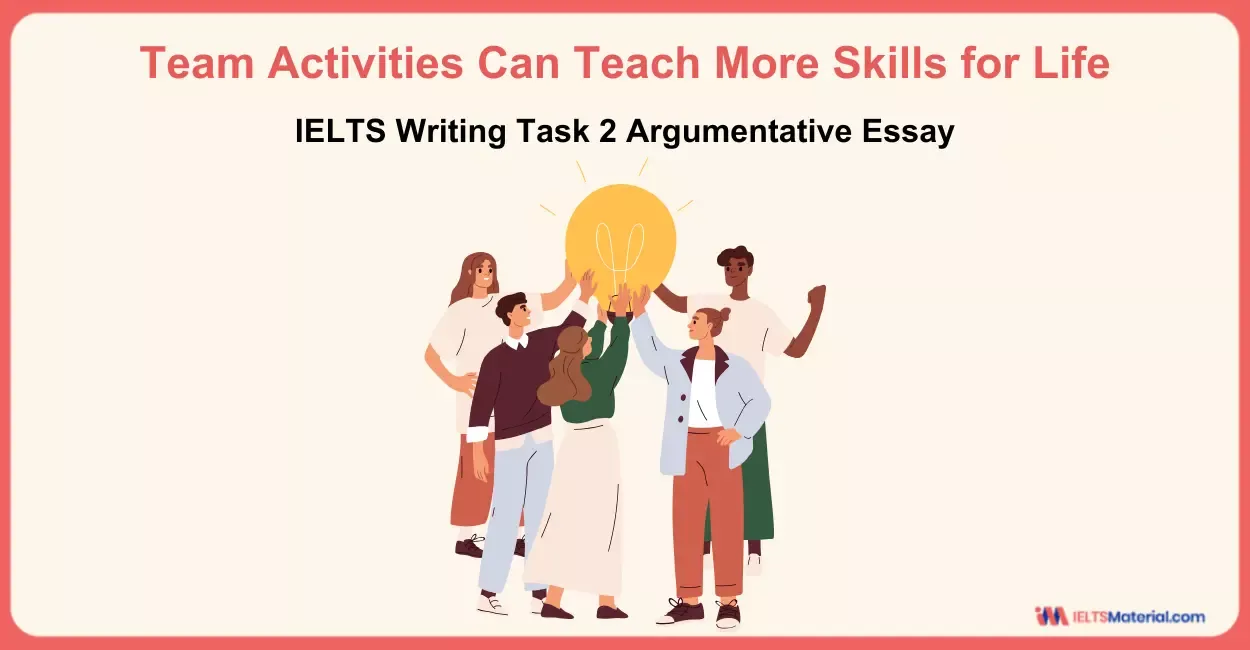
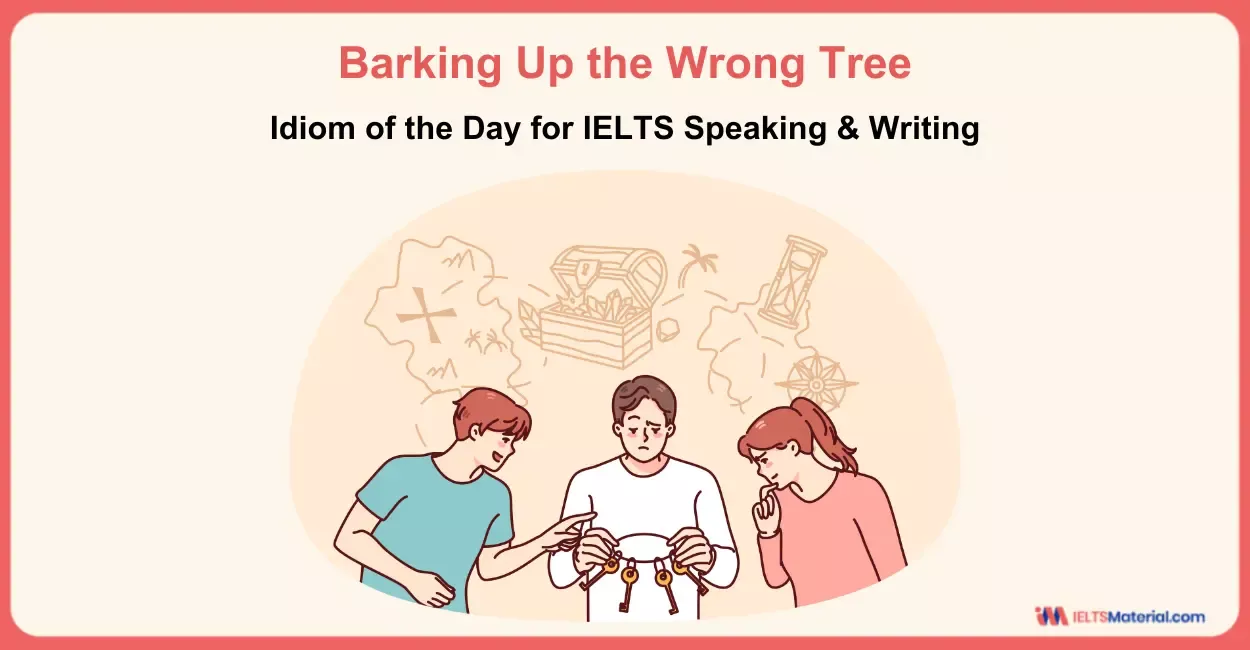
Nehasri Ravishenbagam
Recent Articles

Kasturika Samanta
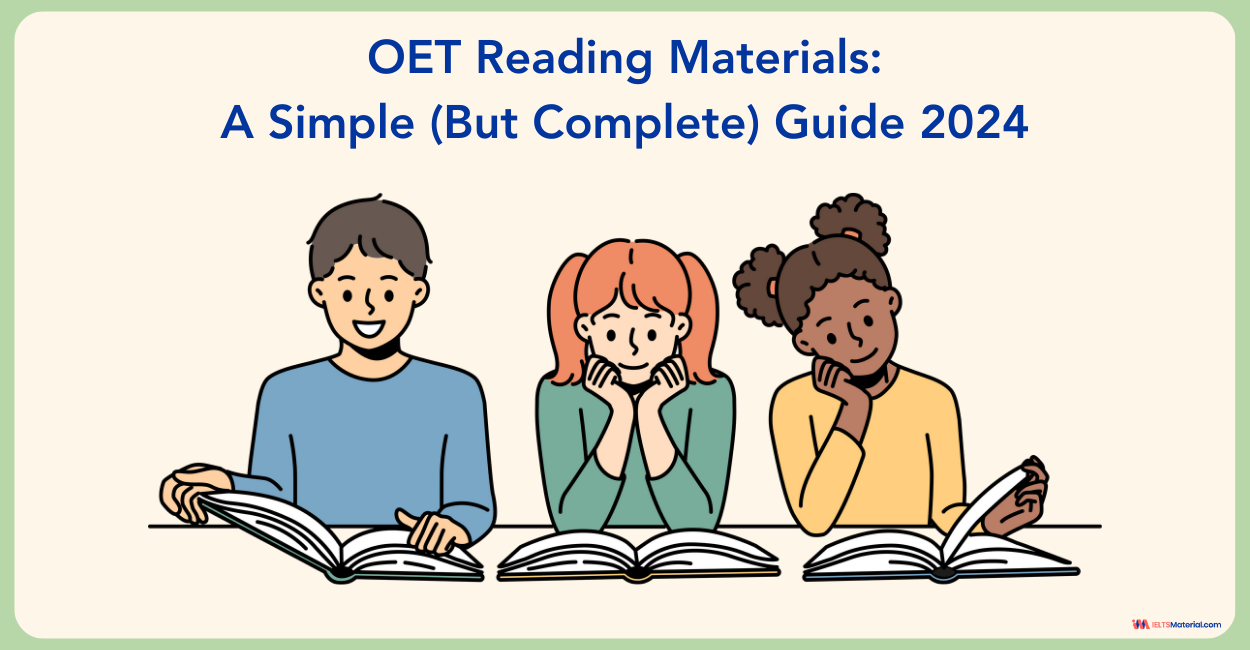
Haniya Yashfeen

Kasturika Samanta
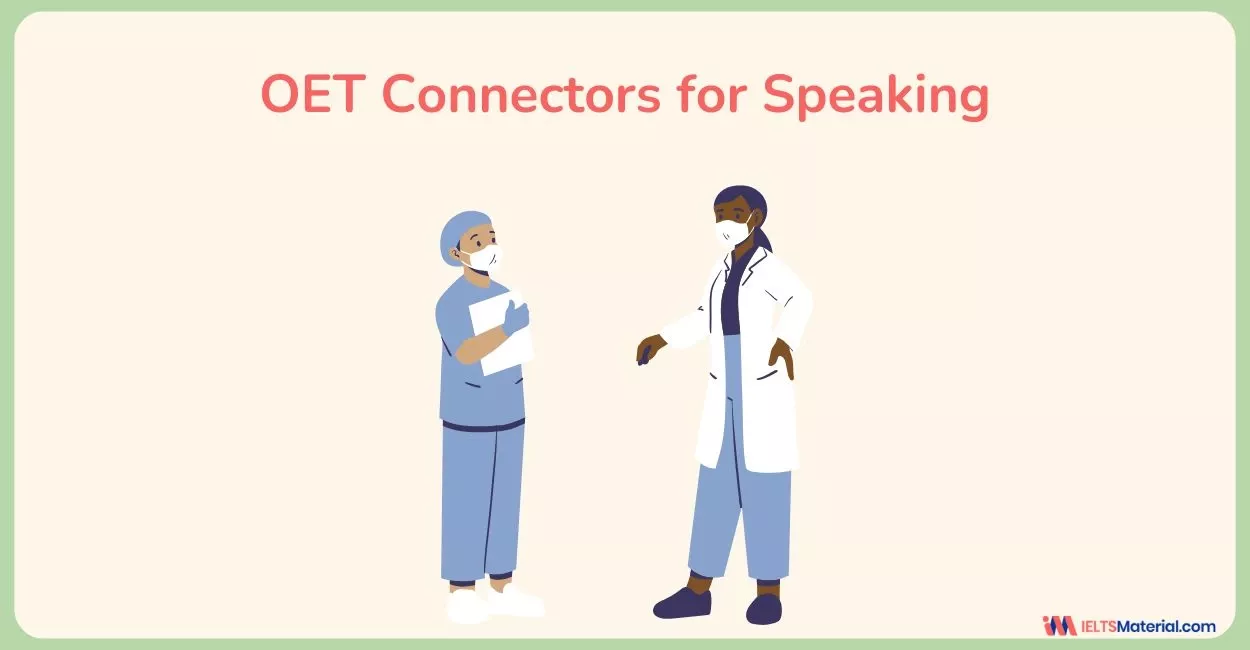




Post your Comments